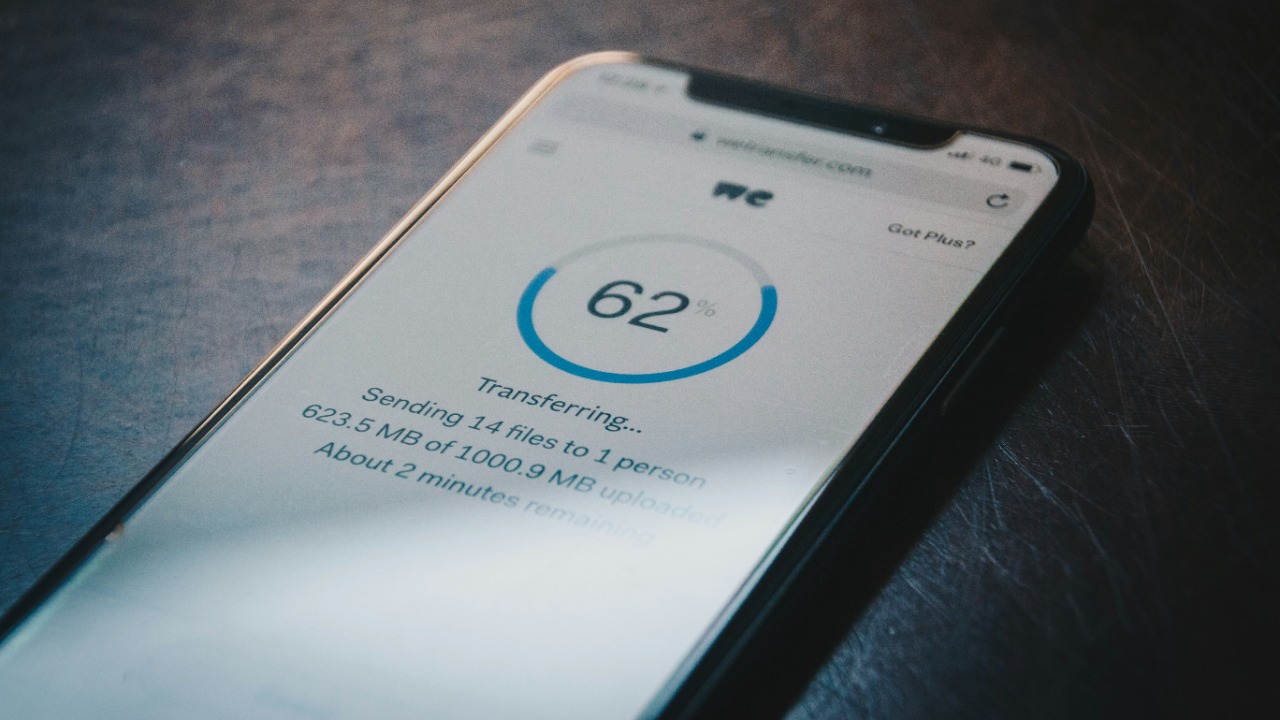
In our increasingly connected world, managing mobile data consumption has become essential. Many phone settings quietly drain your data without your knowledge, potentially leading to unexpected charges or throttled speeds. By understanding these settings, you can take control and keep your data usage in check.
Background App Refresh
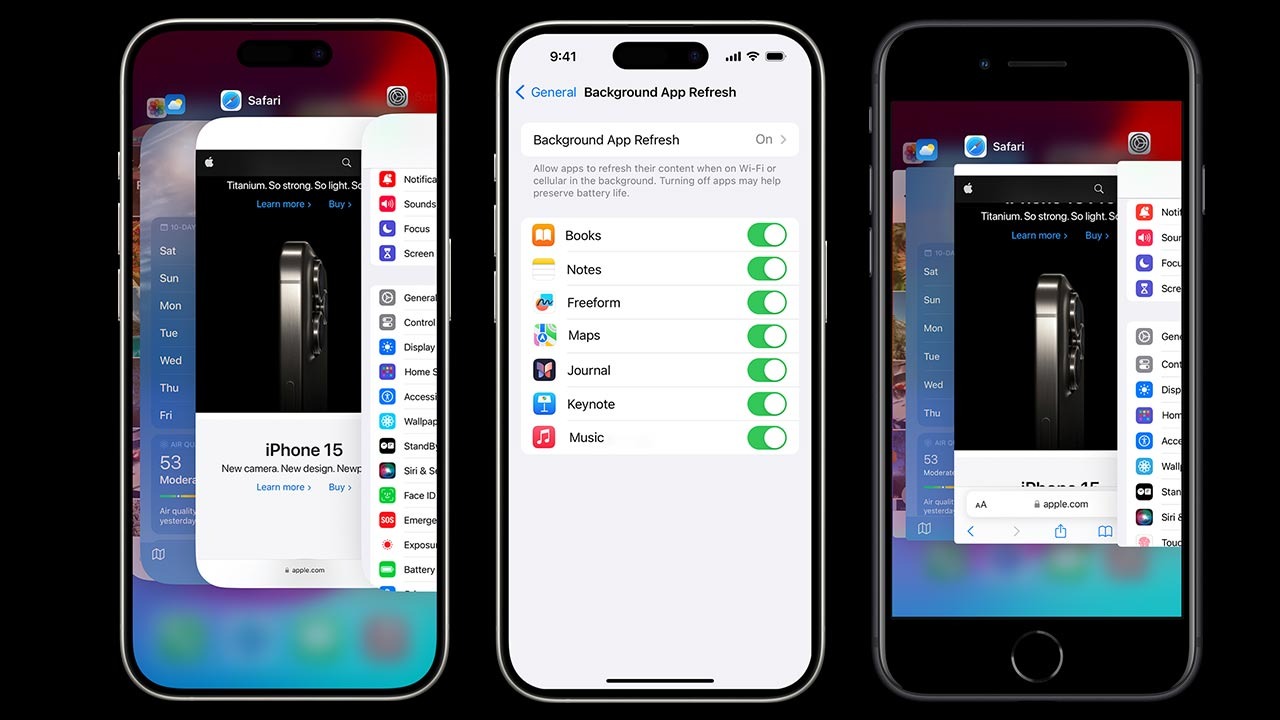
Background App Refresh allows apps to update their content in the background using mobile data. While this ensures you have the latest information at your fingertips, it can also use a significant amount of data. If you have many apps running in the background, this setting becomes a silent data drainer. Consider disabling this feature for non-essential apps or when you’re not connected to Wi-Fi to save data.
Automatic App Updates
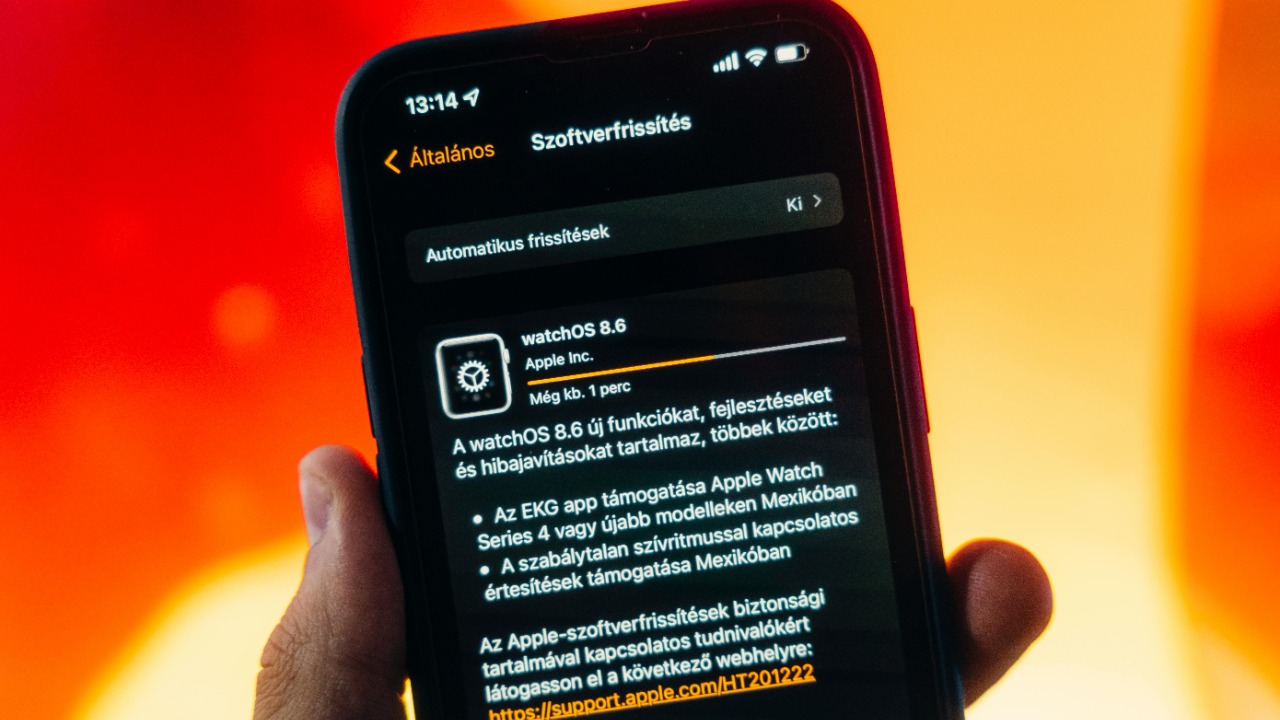
Automatic updates keep your apps up-to-date without manual intervention. However, downloading updates over mobile data can quickly eat into your data allowance, especially if you have numerous apps. To avoid this, disable automatic updates or set them to occur only when connected to Wi-Fi. This change can help you manage your data usage more effectively.
Location Services
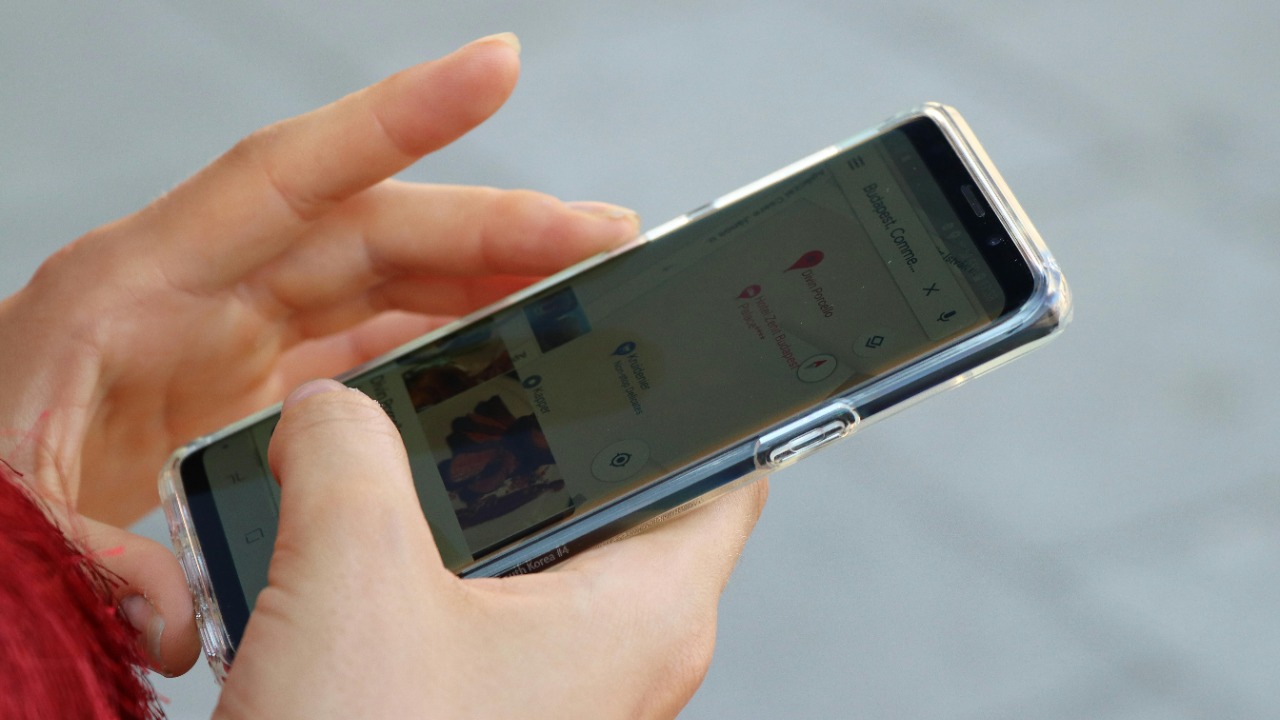
Location services are essential for many apps, but they can also consume a lot of data. Apps that frequently update your location, such as maps and weather apps, use data to provide real-time information. Check your location settings and adjust them to only allow location access when necessary. This will help you conserve data and improve your privacy. Learn more about how location services can affect your privacy.
Video Autoplay
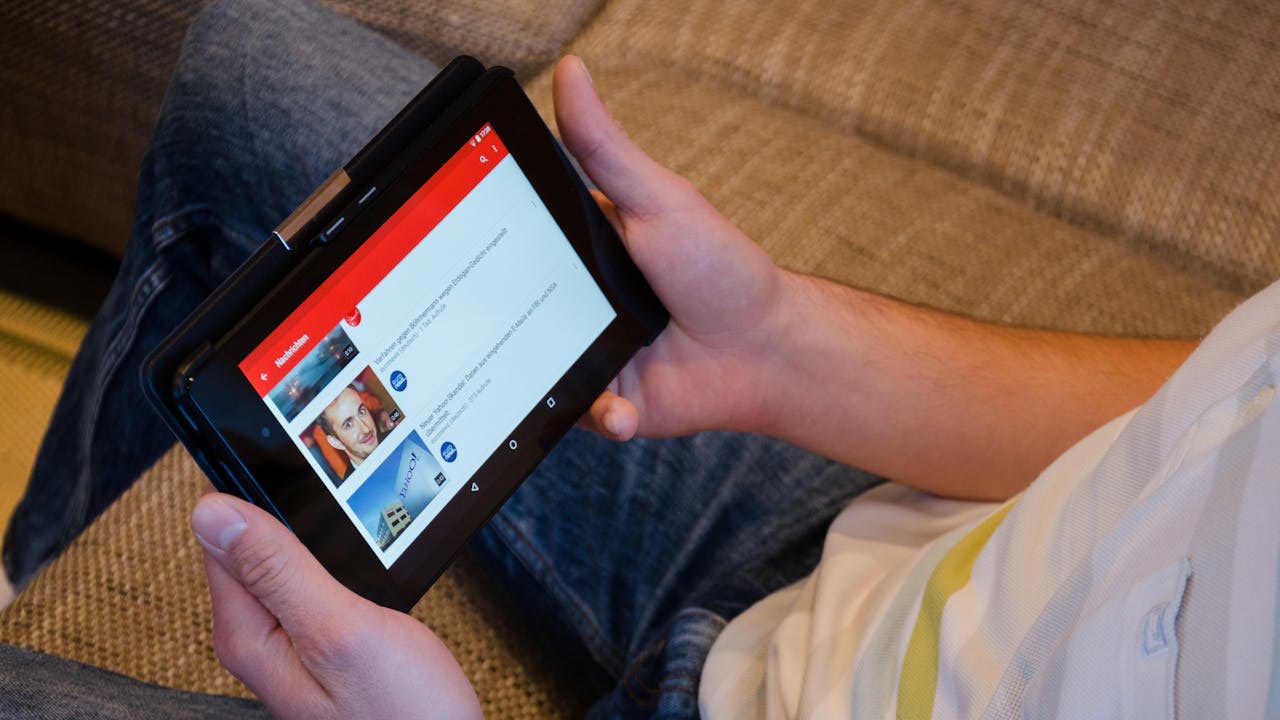
Many social media platforms and websites use video autoplay to engage users. While this feature can be convenient, it can also consume a significant amount of data without you even realizing it. Consider disabling video autoplay in your apps and browsers to prevent unwanted data usage. This simple change can save a considerable amount of data over time.
High-Quality Streaming
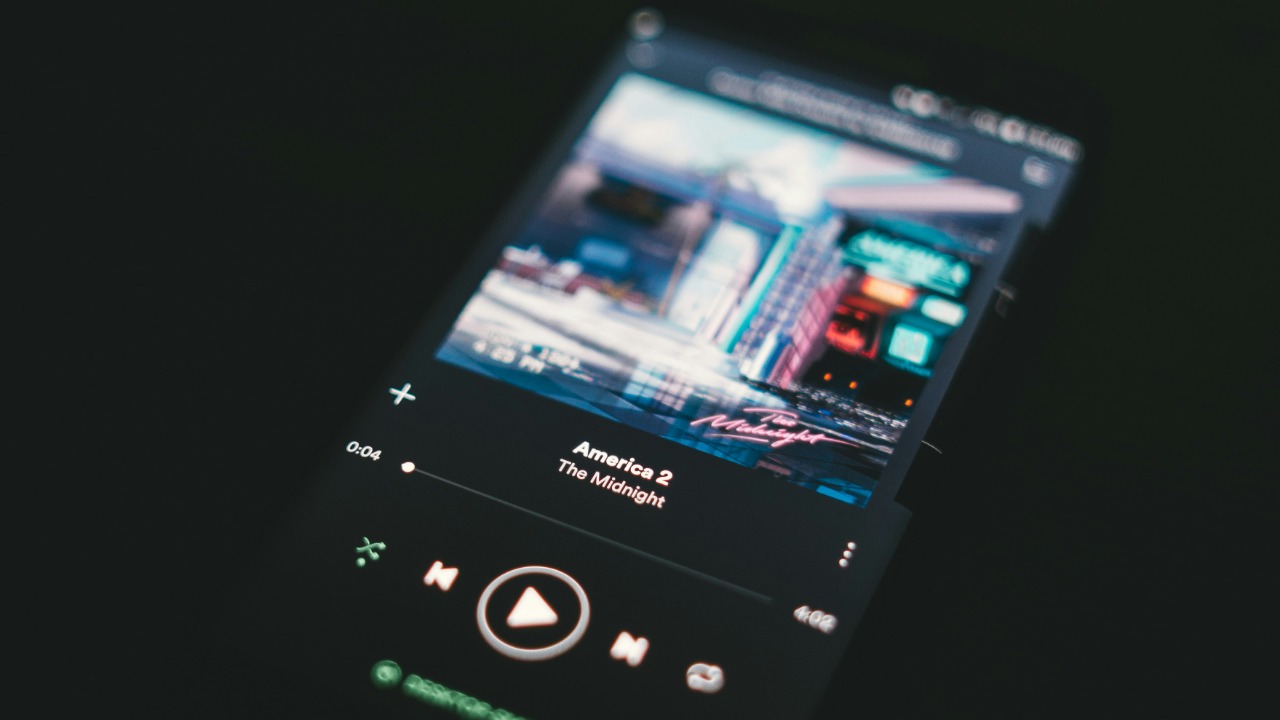
Streaming music and videos in high quality provides a better experience, but it also requires more data. If you’re streaming on a mobile network, consider lowering the quality to conserve data. Most streaming services allow you to adjust quality settings, so take advantage of these options to manage your data usage better. This study highlights the impact of streaming quality on data consumption.
Cloud Backup Sync

Cloud services like iCloud, Google Drive, and OneDrive offer automatic backup and sync features. While these services provide peace of mind by keeping your data safe, they can also consume large amounts of data if not managed properly. To avoid excessive data usage, configure your settings to sync only over Wi-Fi or manually manage your backups. Read more about optimizing your phone settings in this ZDNet article.
Push Notifications
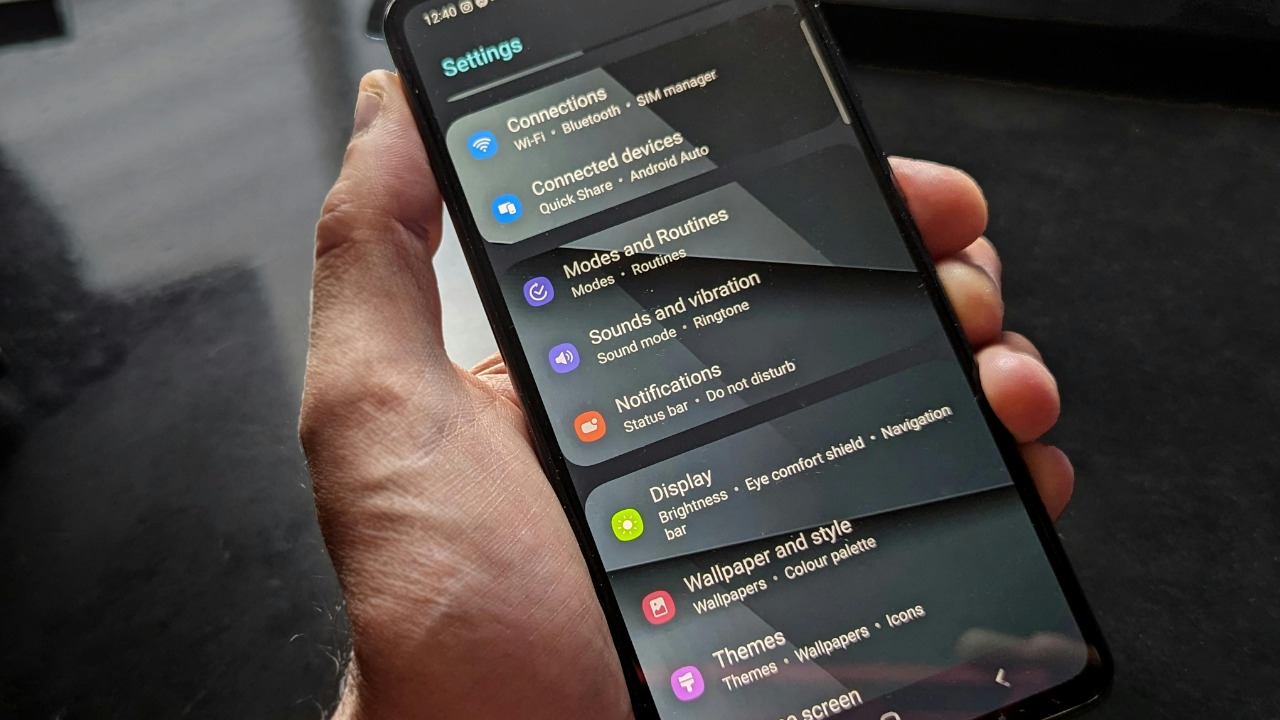
Push notifications keep you informed about updates and alerts, but they can also use data to deliver this information. While each notification uses a small amount of data, they can add up quickly if you receive a lot. Review your notification settings and disable push notifications for non-essential apps to reduce data usage.
Wi-Fi Assist

Wi-Fi Assist is a feature that automatically switches to mobile data when Wi-Fi connections are weak. While this ensures uninterrupted connectivity, it can also lead to unexpected data usage. If you’re in an area with unreliable Wi-Fi, consider turning off Wi-Fi Assist to control your data consumption better. Discuss this feature with other users on this Reddit thread.